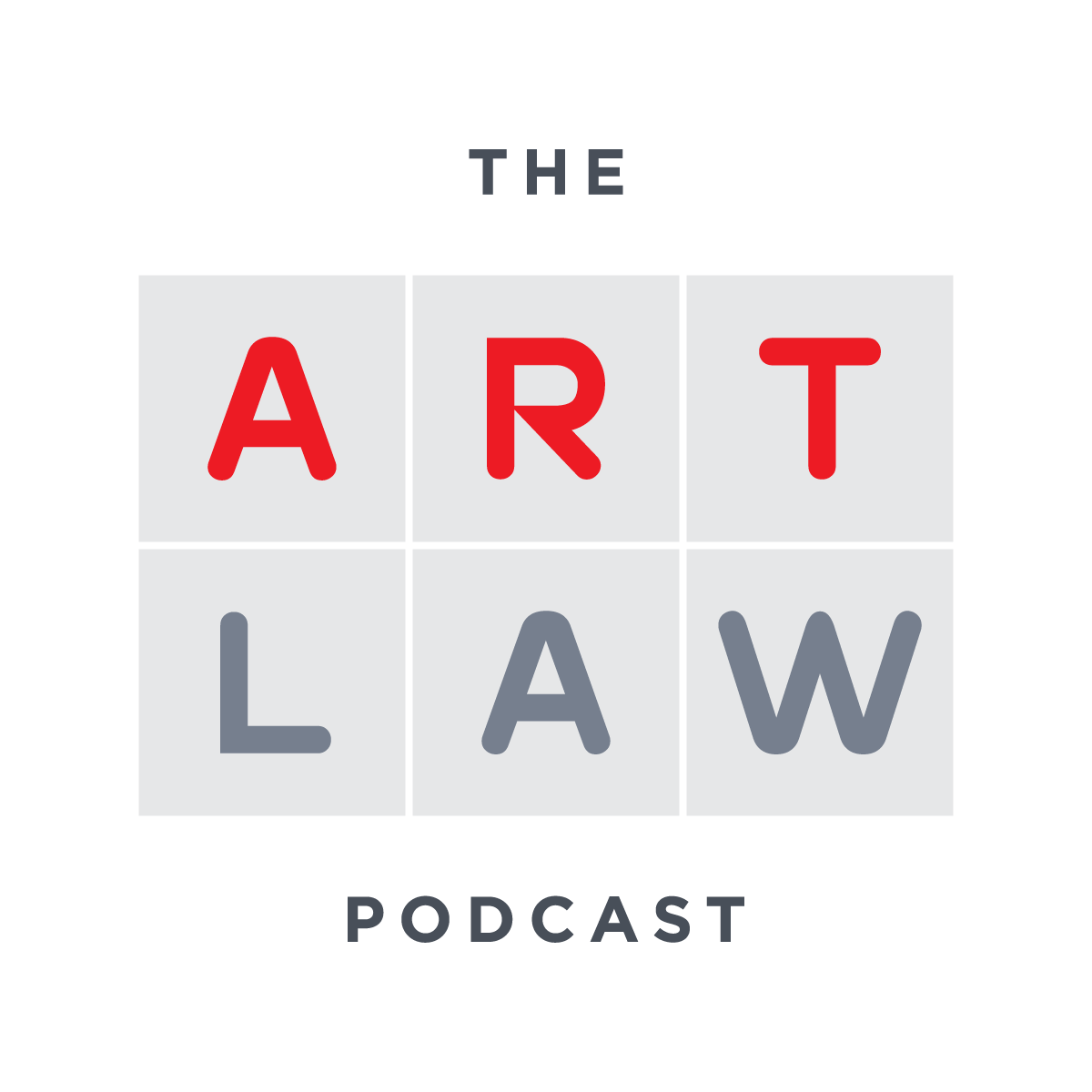Katie and Steve speak with Nanne Dekking, the founder and CEO of Artory and Chairman of the European Fine Art Fair, about Artory’s efforts to use blockchain to create a transparent registry of art sales, the general challenges to transparency in the fine art market, the problem of detecting fakes and forgeries and trustworthy counterparties, and blockchain’s limitations.
The Financialization of Art with Philip Hoffman
Katie and Steve speak with Philip Hoffman, founder and CEO of The Fine Art Group, about art funds, art financing, and financial guarantees of auctions sales. They also explore how art is performing as an asset class. Philip started the first “art fund” in 2002, and he is one of the world’s leading experts on the financialization of art.
Artist Series: Aviva Rahmani’s work with VARA, land use and environmental law
Artist Aviva Rahmani speaks to Steve and Katie about her artistic practice investigating and using the law. Her current work, Blued Trees Symphony, is a musical and visual art work installed along miles of proposed pipeline expansion on land subject to possible eminent domain. Rahmani has copyrighted the work and plans to use the Visual Artist Rights Act to prevent the art’s destruction, thereby frustrating the building of pipeline.
Bonus Episode: Berkshire Museum Litigation Update (It’s not over!)
Katie and Steve get an update from attorney Nicholas O’Donnell about the status of the lawsuit he brought on behalf of certain members of the Berkshire Museum for breach of fiduciary duty, among other claims, in relation to the Museum’s sale of much of its valuable art collection to pay for operating and capital expenses. While much of the art has been sold, the members fight on. Nick explains the unusual posture of the case to our listeners.
*Note: On Monday, the Massachusetts Appeals Court ended the Berkshire Museum deaccessioning legal saga by upholding a decision by the court that members of the Berkshire Museum do not have standing to sue the Museum challenging the conduct of its Board of Directors.
Nazi-Looted Art: Legal Remedies and Limitations
Steve and Katie discuss the Nazis’ complicated and perverse relationship with fine art with attorney and author Nicholas O’Donnell. Nick is the author of the recent book, A Tragic Fate: Law and Ethics in the Battle Over Nazi-Looted Art, which tells the story of stolen and appropriated art in World War II Europe and how the U.S. legal system has been instrumental in dealing with claims for restitution decades later. Steve, Katie and Nick start with the historical landscape in 1930s Europe, and discuss some the most contentious and ongoing disputes.
